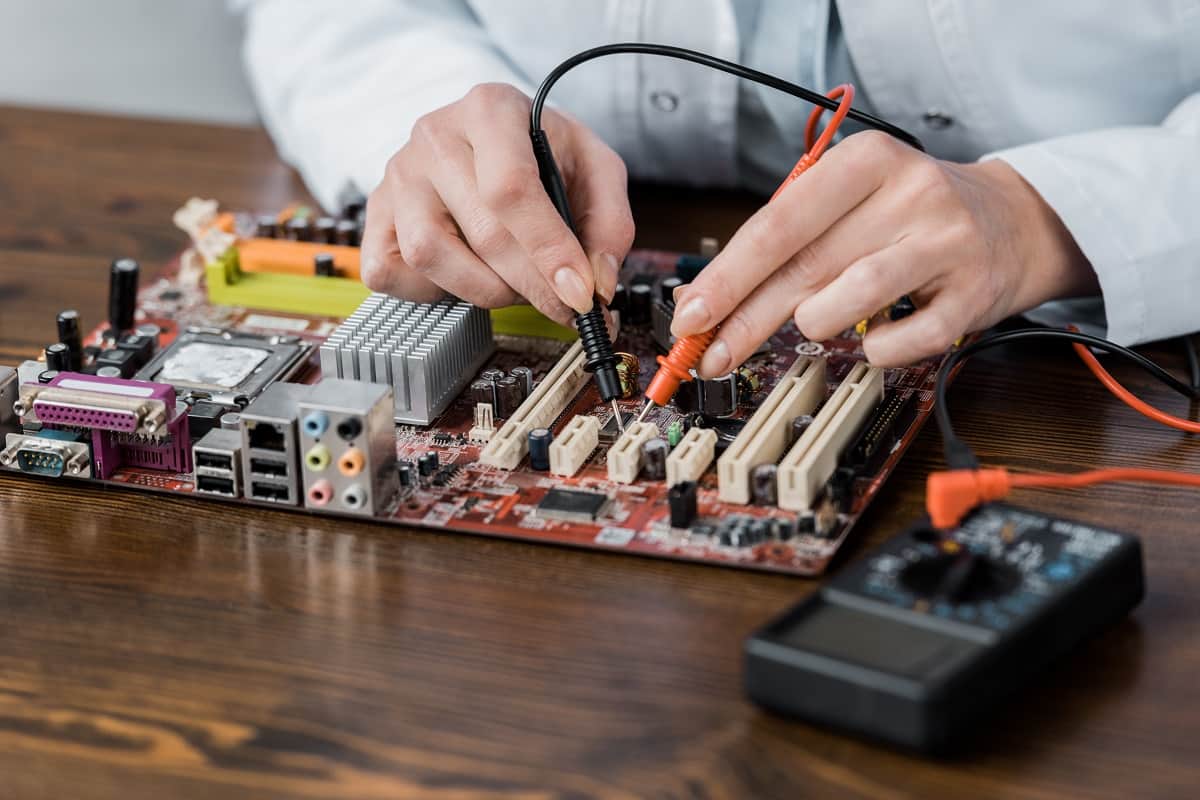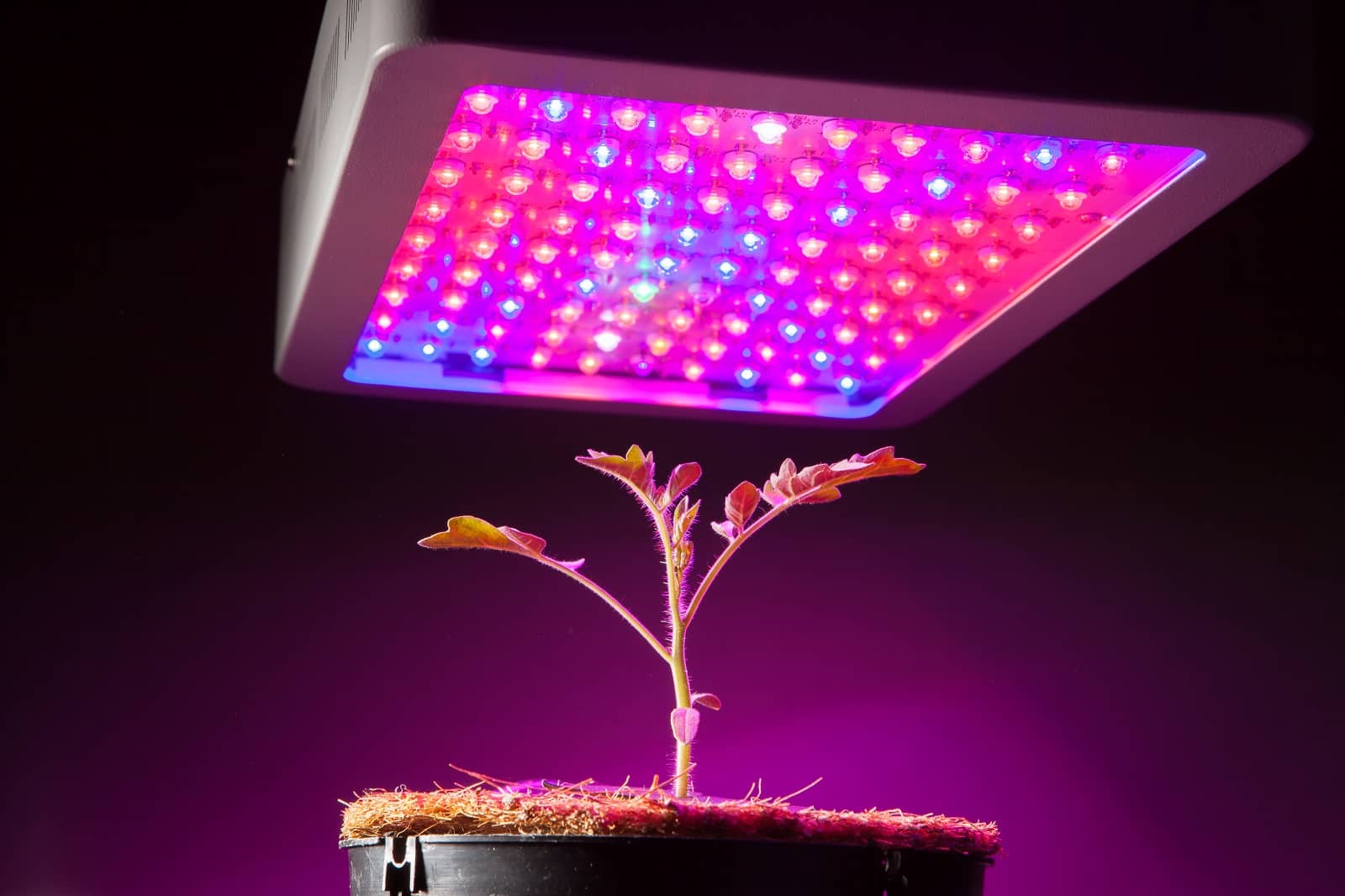Today people are used to valuing their time and optimize all home processes. Sometimes it’s hard to find a minute even for simple cleaning. In this case, you can consider buying a robot vacuum cleaner, an assistant that will save you time and effort. In this article, we suggest you the robot vacuum buying guide, which will be useful to you if you are looking for the best robot vacuum cleaner for your home.
Robot vacuum cleaner: the justified necessity
A standard vacuum cleaner is no longer something surprising. We use it to clean and wash any floor coverings. But in the early 2000s, the home cleaning market presented first robot vacuum cleaners. Their functionality and model range increased a lot in a few years. Today, robot vacuum cleaners are manufactured by more than a dozen global brands with constantly improving functionality. For a long time, this gadget was considered just a fancy toy or even a pointless whim. But with the development of technology, it gradually won the recognition of consumers.
Buying a robot vacuum cleaner is justified if:
- You live in a dusty area (near a road or in a megapolis)
- Pet or a baby at home
- You have carpeted floors
- Your family members are allergic
- You do not have enough time, effort or intention to clean
- You are a fan of gadgets and want to turn your dwelling into a “smart home”.
But even if you don’t have such valid reasons, you still should not deny yourself the pleasure of using a robot vacuum cleaner. Just remember that no smart gadget can replace a full cleaning.
Operation and components
A robot vacuum cleaner is usually round, less often of rectangular or trapezoidal shape with smooth corners. Its diameter is about 30 cm and the height is up to 10 cm. A robot vacuum cleaner moves using 3-4 wheels and cleans with rotating brushes: plastic small side brushes scrape dust in the direction of the main silicone turbo brush or suction gap, directing dust to the dust container. Its small size allows a robot vacuum cleaner to sneak under wardrobes, bedside tables, sofas, and beds, cleaning even under the skirting, in the corners, near the furniture legs.
New generation gadgets are equipped with sensors to avoid obstacles and move in all horizontal directions, as well as generate a detailed map of the room. More primitive models operate according to the principle of “bumped into an obstacle – changed the direction”. A vacuum cleaner body is made of durable material, the front panel is equipped with shock absorbers, so such bumps are not dangerous for a robot. Dust is collected in a tightly closed container, when idle a robot vacuum cleaner is at the “docking station” for recharging and/or collecting the picked up debris.
Robot vacuum buying guide: selection criteria
Robot vacuum cleaners have so many various features that it may take more than an hour to cover all of them in detail. Therefore, first, decide on the important selection criteria for you.
Contents
Sensors
Sensors allow a robot vacuum to “overview” an area for cleaning. Budget models are equipped with contact sensors that react to bumping into an obstacle. More expensive and modern robot vacuums have infrared and ultrasonic sensors that “see” a barrier long before bumping that allows a robot to reduce speed, provides a “soft touch” with an obstacle or changes the trajectory. These sensors also provide control of height – a robot vacuum will determine whether it can clean under furniture or a heating radiator.
Falling sensors are essential for residents of multi-level apartments or private houses of two or more floors. Such sensors will warn about changing the height of the floor and save from accidental falling and expensive repairs.
The latest trend is laser sensors that allow a robot vacuum to map a room for a more accurate cleaning algorithm. Due to laser sensors along with special software, robot vacuum cleaners can also memorize different types of rooms or floors. But laser sensors have one drawback rarely mentioned by manufacturers – they may “not see” the chrome-plated surfaces. So, if you have furniture with mirrored legs in the center of the room, you will either have to move it away every time or stick non-transparent stickers at the level of the vacuum cleaner’s sensors.
Cleaning algorithm and mode
Robot vacuum cleaners move around rooms along with obstacles, randomly, diagonally, in spirals or zones – this is a standard program. The latter option is best if you have a lot of furniture and other vertical obstacles. The cleaning algorithm is set by the software. It may be quite different in vacuums of one brand and depend on the price.
In addition to a standard cleaning program, vacuum cleaning robots may have the following technical capabilities:
- Changing the cleaning intensity;
- Turning on schedule;
- Cleaning a certain area or room;
- Remote control mode.
Manual control mode allows cleaning a certain dirty area and playing a little with a gadget, sending it in the right direction or even using it as a stand for a saucer with treats to bring to your family member.
Technical add-ons
The cleaning efficiency depends on the number and shape of its side brushes. A robot vacuum cleaner with two side brushes cleans much more efficiently than a robot with one brush. If you have carpets, we recommend choosing a gadget with a turbo brush for better tackling pet hair and threads.
To mark space that a robot vacuum cleaner should avoid at cleaning, use magnetic tape. It will easily prohibit a gadget from entering stairs, a nursery with scattered small toys or a bathroom with a high door sill.
Some robot vacuums are equipped with an ultraviolet lamp. At cleaning, the UV lamp processes the floor killing viruses and pathogenic bacteria, but the price of such a robot vacuum cleaner increases as well.
Overcoming obstacles
There are many obstacles in the room that can turn a robot into a helpless toy. These include wires, high pile carpets, thresholds, black flooring and much more. Therefore, when choosing a robot vacuum cleaner, don’t forget about this fact. The optimal height that this gadget should overcome is 1.5 cm.
Type of air filtration
It is very important that during cleaning a robot vacuum cleaner does not “exhale” air, saturated with dust and other small particles, back into the room. This is ensured by the filtering system. The best choice is a robotic vacuum cleaner with a HEPA filter, which can later be changed as it gets dirty (about six months of intensive use).
Wet cleaning option
Some robot vacuum cleaners are capable of not only dry but also wet cleaning. A special cloth is attached to the vacuum’s bottom and wetted manually or automatically through a special filter. It is better to use filtered or distilled water so that impurities do not contaminate the dust collector filter. Keep in mind that the cloth wears out pretty quickly and must be regularly replaced.
Dust bag capacity, battery capacity, and cleaning area
These three parameters are usually interconnected and indicated by the manufacturers in the technical documents. They must be selected according to the dimensions of the area for cleaning. Thus, for cleaning an area of 50-80 sqm you need a gadget with a 0.5-liter dust collector. Reduce or increase this parameter in accordance with your area. It would be also inconsistent to choose a robot vacuum cleaner with a declared cleaning area three times larger than your apartment and vice versa.
Remember that cleaning an apartment of 60 sqm usually takes 40 minutes (if a robot maps a room) or about an hour and a half (if it uses chaotic or spiral motion).
Floorings
Most robot vacuum cleaners operate on standard “smooth” surfaces:
- Laminate
- Linoleum
- Parquet
- Tiling
In recent years, manufacturers have presented robot vacuums capable of cleaning carpeting and high-pile carpets. Their ability to clean various surfaces depends on the suction power, ranging from 20 to 150 W today. If rooms are very dirty, there are floor carpets and long-haired pets, you should choose a robot vacuum cleaner with a power of 50 W.
Control methods
Robot vacuum cleaners are usually controlled with:
- Buttons or LCD display on the device
- Remote controller
- Smartphone with the installed application from the manufacturer.
The latter method is most convenient, as it allows starting cleaning if you are in another city or even a country. With a smartphone app, you can set up notifications, a voice that your vacuum cleaner will “talk” to you in, a cleaning schedule and much more. The latest know-how is voice control, allowing to start cleaning just saying it out loud.
Care and maintenance
A robot vacuum cleaner must be kept clean and maintained. This is not difficult. The dust collector must be cleaned after each cleaning, including filters. Brushes are better cleaned as well – they are often wound with wool, hair, and lumps of dust. Sensors should be wiped according to the instructions, about once every few months. When choosing a robot vacuum, check its complete set:
- Replaceable nozzles and brushes
- Filters
- Spare battery
- Special cleaning cloth
- Sensors and more
These accessories can be purchased later as well, but their presence in the kit will save you from wasting time searching.
Docking station
A robot vacuum cleaner should have its place in the room where it can be charged and wait for the next cleaning cycle. Such a docking station takes a certain place in the room and you must consider this fact as well. For example, a bulky model will take up useful space in a one-room apartment.
Most vacuum cleaning robots are devices with automatic charging. After cleaning, a robot simply returns to the docking station, connects itself to the electricity grid and replenishes the energy. In the case of manual charging, you will need to turn on the device yourself, which is not always convenient.
Price
The price of a robot vacuum cleaner depends on the manufacturer, a number of useful functions and sensors, the availability of a camera and other modern technologies. If you don’t have high pile carpets, nor plan to broadcast the cleaning process to your smartphone online, you can choose a cheaper version.
We hope our robot vacuum buying guide will help you make the right choice.
Edwin Roberts
Edwin is a certified design and home interior specialist. He also has extensive personal experience in home improvement and housekeeping.



